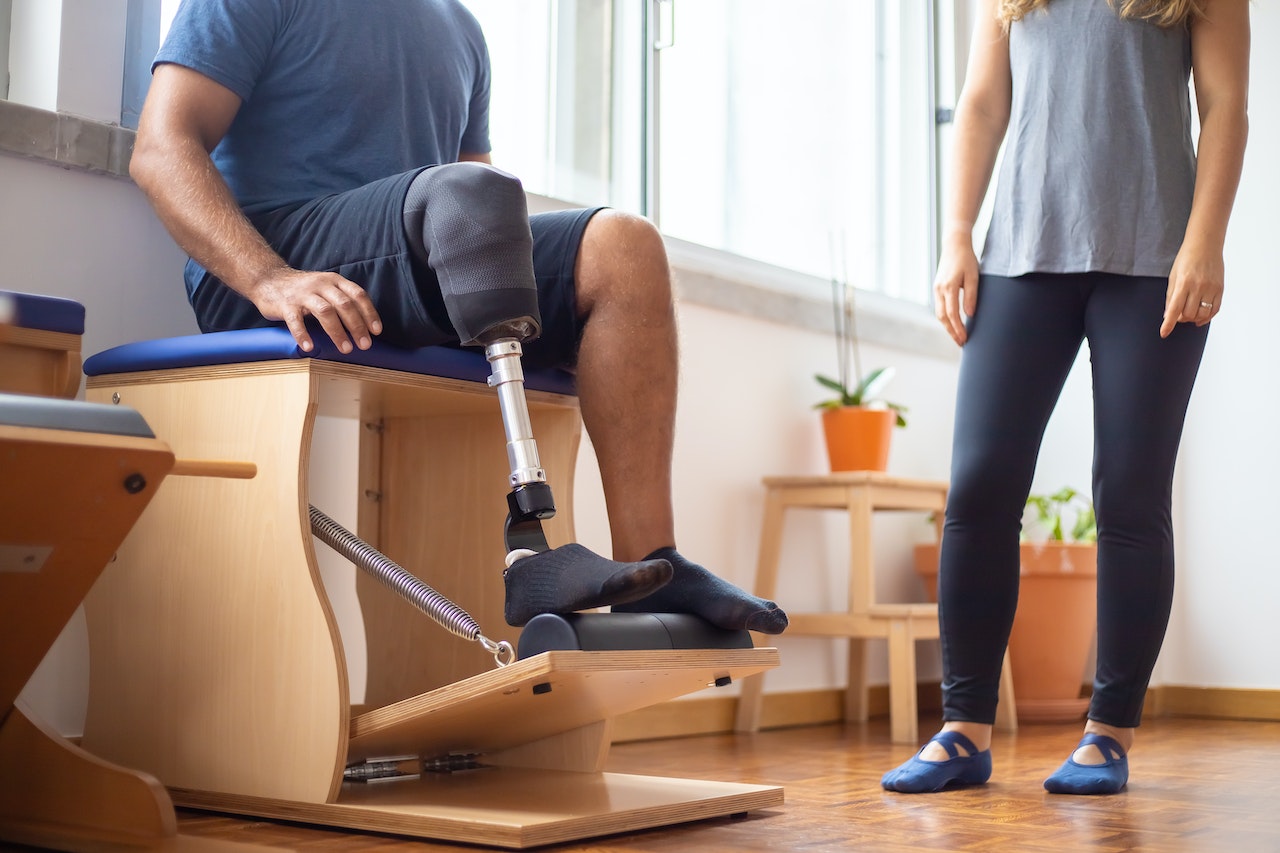Introduction
The world of prosthetics and assistive technologies has witnessed remarkable advancements in recent years, transforming the lives of individuals with limb loss and disabilities. As we look to the future, the convergence of cutting-edge technologies holds the promise of even greater achievements. In this article, we delve into the exciting possibilities of emerging technologies in prosthetics, the potential for neural-controlled prosthetics or brain-computer interfaces, and the transformative role of AI and machine learning in shaping prosthetic development.
- Emerging Technologies in Prosthetics:
The future of prosthetics is marked by a convergence of technologies that aim to bridge the gap between human capability and artificial replacements. Biomechatronics, a multidisciplinary field combining biology, mechanics, and electronics, holds tremendous potential. The integration of biomechanical sensors and actuators allows for more natural limb movements and enhances the user’s sense of proprioception.
Additionally, advancements in materials, such as smart materials that respond to external stimuli, promise to revolutionize prosthetic design. These materials could enable prosthetics that adapt to changes in the user’s environment, providing greater versatility and functionality.
- Potential Advancements in Neural-Controlled Prosthetics or Brain-Computer Interfaces:
The future of prosthetics lies in the realm of neural-controlled devices or brain-computer interfaces (BCIs). BCIs allow direct communication between the human brain and external devices, paving the way for intuitive and seamless control of prosthetic limbs.
With neural-controlled prosthetics, users may regain near-natural limb movements through the power of thought. Researchers are making significant strides in decoding neural signals and translating them into precise prosthetic actions. This technology has the potential to dramatically enhance the quality of life for amputees, providing them with a level of dexterity and control previously unimaginable.
- The Transformative Role of AI and Machine Learning:
AI and machine learning are set to play a transformative role in the development and optimization of prosthetic devices. These technologies have the ability to analyze vast amounts of data, allowing for more accurate and personalized prosthetic fittings.
AI-powered prosthetics can adapt and learn from the user’s movement patterns, optimizing performance and reducing the need for manual adjustments. Predictive modeling can anticipate user actions, enhancing safety and responsiveness.
Furthermore, AI can facilitate real-time adjustments based on the user’s physical condition and the environment, ensuring a seamless integration between the user and the prosthetic.
- Enhanced Sensory Feedback:
Future prosthetics are likely to incorporate enhanced sensory feedback systems, further blurring the line between artificial and natural limbs. Tactile sensors, for instance, can provide amputees with a sense of touch, enabling them to perceive pressure and texture, improving the user’s interaction with the environment.
Researchers are also exploring the integration of augmented reality (AR) and virtual reality (VR) technologies into prosthetics. These technologies could enhance the user’s proprioception, spatial awareness, and overall experience with the prosthetic device.
Conclusion:
The future of prosthetics and assistive technologies is filled with boundless potential, as emerging technologies continue to evolve and converge. From neural-controlled prosthetics that respond to the power of thought to the transformative role of AI and machine learning, the landscape of prosthetic development is set to change lives in profound ways.
As researchers, engineers, and designers collaborate on these exciting advancements, the dream of providing amputees with prosthetic limbs that closely emulate natural movement and offer seamless integration into their lives is becoming a reality.
The impact of these advancements extends beyond functionality and aesthetics; it touches the very core of human experience, offering amputees a sense of empowerment, independence, and hope for a future where disability is redefined by the limitless possibilities of assistive technologies. As we venture into this promising future, let us embrace the potential of these innovations and work towards a world where prosthetic technology is synonymous with true liberation and inclusion.





